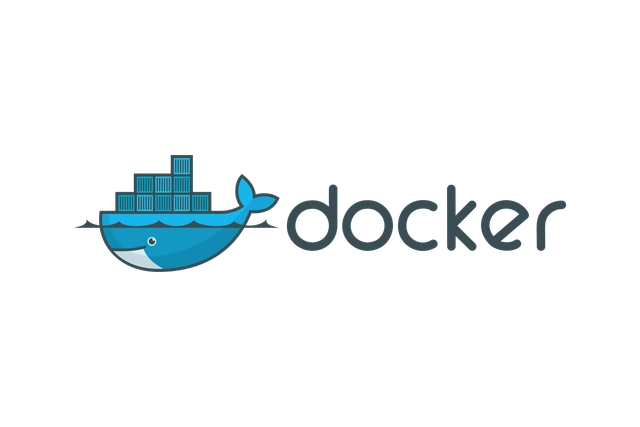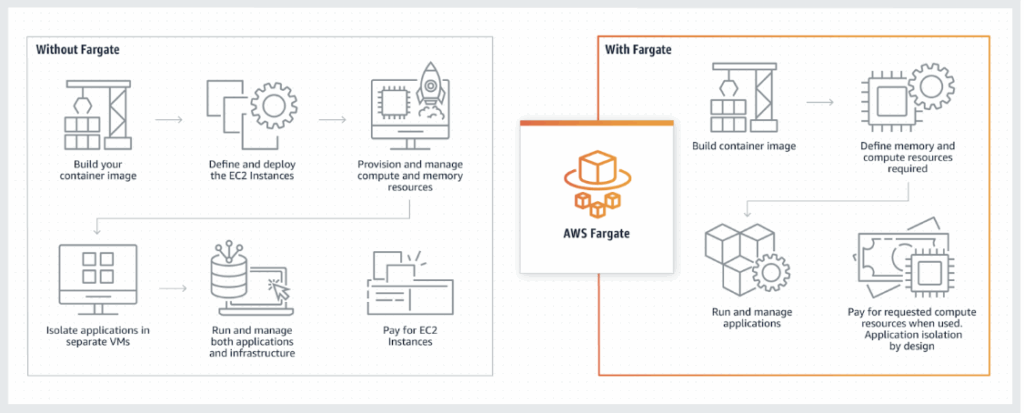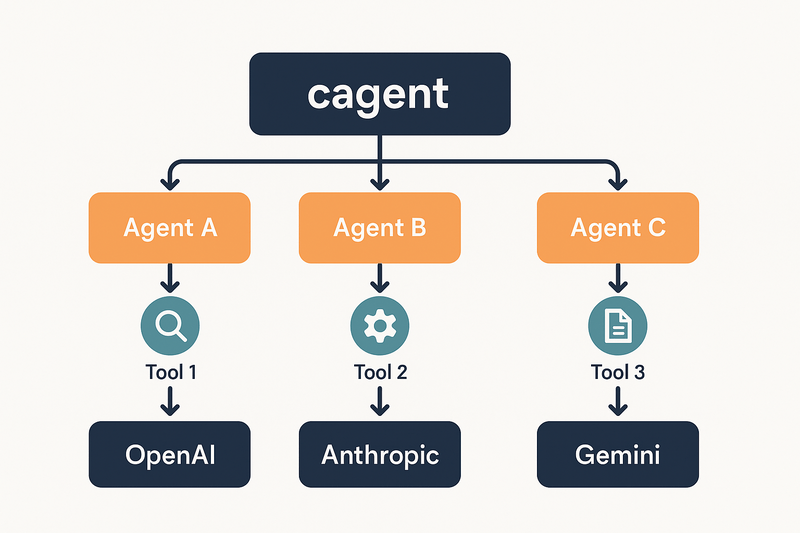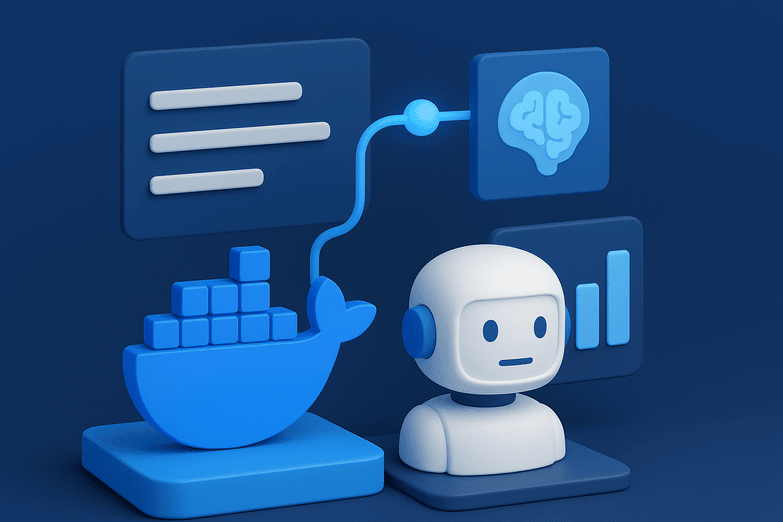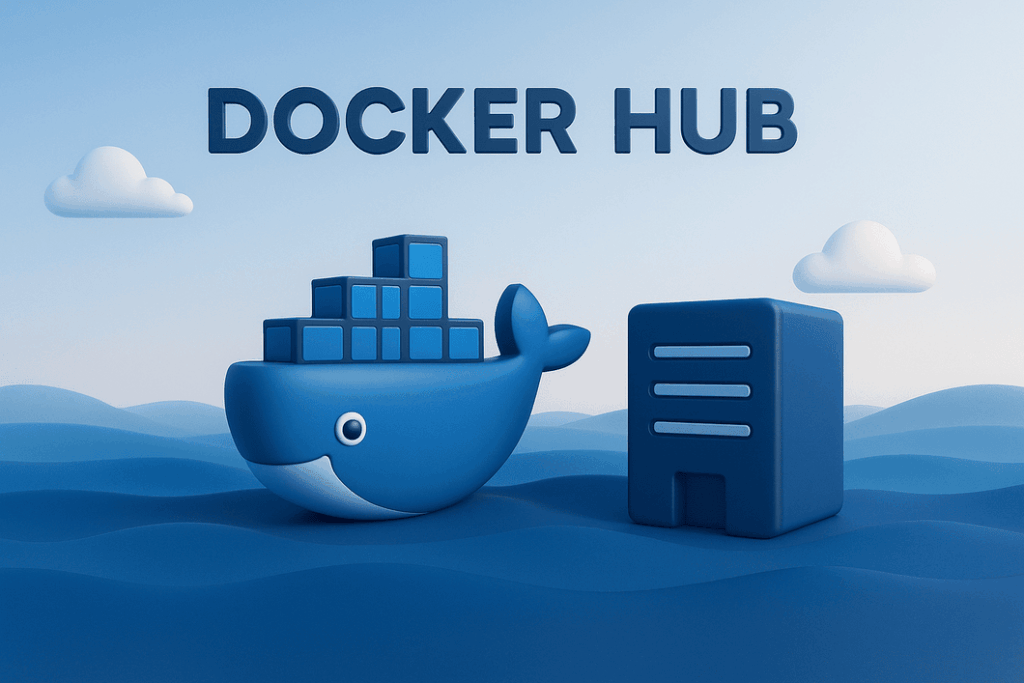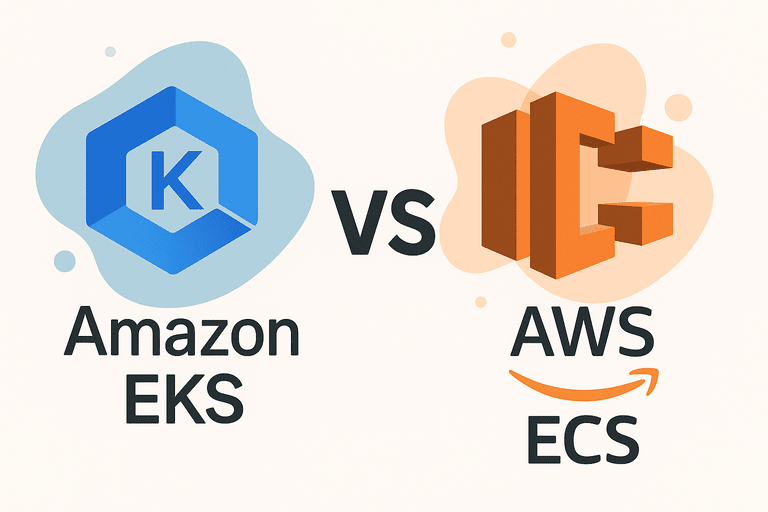Docker has officially launched Docker Bake into General Availability (GA) as part of Docker Desktop 4.38, signaling its readiness for production workloads.
This milestone marks a significant step forward in simplifying and optimizing complex container image builds, empowering developers with a more streamlined, scalable, and efficient way to orchestrate multi-step build processes.
The idea is similar to the Helmfile or Earthfile concept, however lets learn how Docker Bake improves image builds.
What is Docker Bake?
Docker Bake is a powerful build automation tool that allows developers to define and execute complex build configurations using a single command.
Built on top of BuildKit, it provides a declarative way to specify multiple build targets, dependencies, and execution strategies in a flexible and parallelized manner.
Traditional docker build commands require manual scripting and separate invocations for different targets, which can be cumbersome when dealing with multi-service applications.
With Docker Bake, developers can define all build configurations in a Bake file (HCL or JSON format) and execute them simultaneously, reducing build times and improving efficiency.
Key Features and Enhancements in GA Release
With its transition into General Availability, Docker Bake brings several performance, usability, and security improvements that make it even more robust and production-ready.
🚀 1. Faster Builds with Deduplicated Context Transfers
One of the most notable improvements is deduplicated context transfers, which optimizes file transfers during builds. Previously, when running multiple builds, redundant files were transferred multiple times, slowing down the process. Docker Bake now detects and eliminates redundant transfers, ensuring that only new or changed files are sent, significantly boosting build speeds, especially in CI/CD pipelines.
🔐 2. Improved Security with Entitlements
Docker Bake now includes entitlements, which provide fine-grained control over builder permissions and resource access. This means developers can specify exactly what resources (e.g., network access, host mounts, privileged mode) a build process is allowed to use. This enhances security by restricting unnecessary access while ensuring builds function correctly in different environments.
🛠 3. Enhanced Support for Multi-Stage and Multi-Architecture Builds
Multi-stage builds are widely used to optimize image sizes and dependencies, but managing them efficiently has often been challenging. Docker Bake makes it seamless by coordinating multiple stages and ensuring dependencies are handled automatically. Additionally, with the rise of multi-architecture deployments (e.g., ARM and x86), Docker Bake makes it easier to build, test, and push images for different architectures simultaneously.
🎯 4. Declarative Build Configuration for Simplified Workflows
Instead of running multiple docker build commands, developers can now use a simple declarative format (HCL/JSON) to define all build configurations in a single Bake file. This makes build processes more reproducible, version-controlled, and easier to manage.
For example, a typical docker-bake.hcl file might look like this:
group “default” {
targets = [“frontend”, “backend”]
}
target “frontend” {
dockerfile = “frontend/Dockerfile”
context = “./frontend”
tags = [“myapp/frontend:latest”]
}
target “backend” {
dockerfile = “backend/Dockerfile”
context = “./backend”
tags = [“myapp/backend:latest”]
}
To build the file use the following command
docker buildx bake
This command will build both frontend and backend images in parallel, reducing overall build times and simplifying orchestration.
Why Docker Bake is a Game-Changer
Docker Bake brings massive improvements in build performance, security, and usability, making it a must-have tool for modern containerized applications. Here’s why developers should embrace Docker Bake in their workflows:
Significantly Faster Builds: Eliminates redundant transfers and parallelizes tasks
More Secure: Enforces fine-grained permissions with entitlements
Easier Multi-Architecture Support: Effortlessly build for ARM, x86, and more
Simplified Build Orchestration: Define all builds in one declarative file
Improved CI/CD Integration: Optimized for automated pipelines
Getting Started with Docker Bake
Docker Bake is available in Docker Desktop 4.38+ and is enabled by default. To start using it:
- Ensure you have Docker Desktop 4.38 or later installed
- Define your docker-bake.hcl or docker-bake.json file
- Run docker buildx bake to execute the build
- Optimize workflows and enjoy faster, more scalable builds!
For detailed documentation, visit the Docker Bake official guide.
If you are hearing about Docker for the first time, head over to our Introduction to Docker article to get the basics.

